
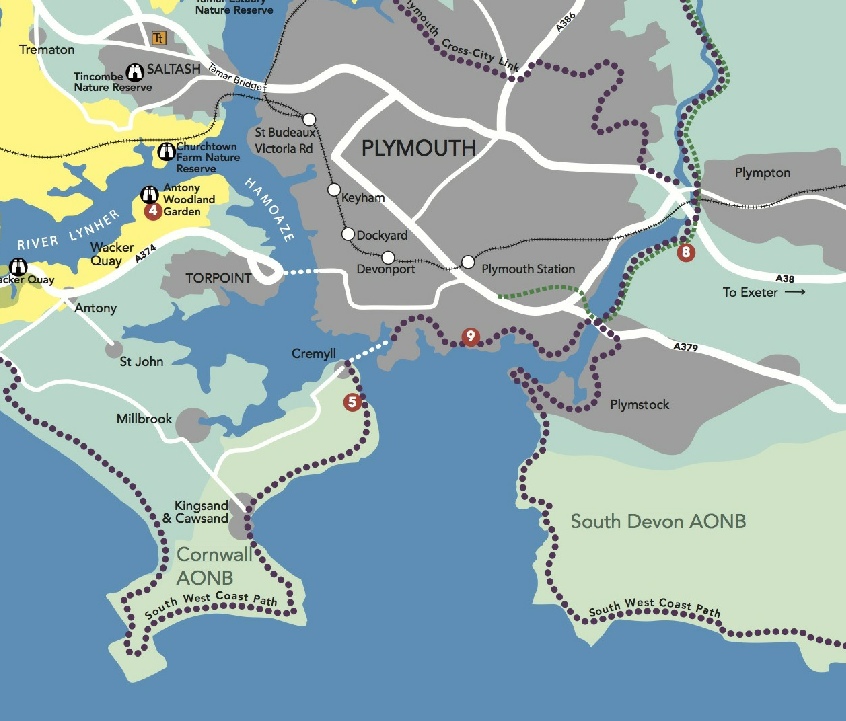
Home
Aim
To investigate and examine the biological, geological and chemical characteristics of the environment. We conducted a series of studies of both the offshore and onshore environments; following the water from the Tamar through its estuary and out past the Plymouth breakwater.
The Study Area
The area of our studies is the border that separates Cornwall and Devon. The rivers, the Tavy and the Tamar also form a world heritage site due to their historic mining activities before feeding out into the Plymouth sound. The area is considered a site of special scientific interest forming the Tamar estuary nature reserve which was designated in 1991, by the Cornwall wildlife trust, for its biodiversity and varying habitats whilst also being considered for its marine biology.
Tamar river-
Plymouth sound – Northern limit is the Plymouth Hoe, has a north/south distance of 3 nautical miles (6 km), has 3 water inputs, the English Channel beyond the Plymouth breakwater and two freshwater inputs from the river Tamar and the river Plym. It also houses the Plymouth breakwater constructed in 1844 and standing 23.5 meters tall. It’s a 1560 metre stone breakwater designed to protect the Plymouth sound. At its peak it is 13 metres wide, and at the base 65 metres.




TamarValley Discovery Map, Accessed 09/06/3018, Sourced: www.tamarvalley.org.uk/about/maps/

Plymouth Fieldcourse Group 4
Meet the Team
Introduction
From July 3rd -
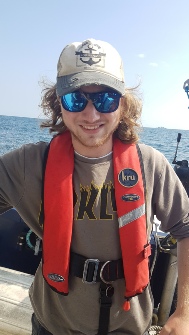
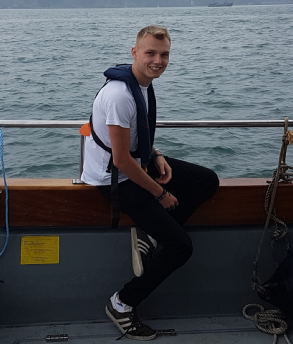
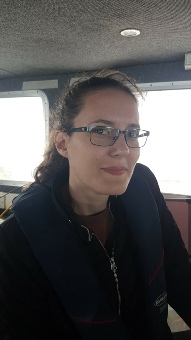
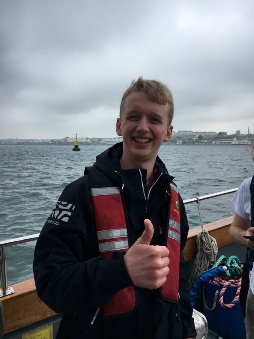
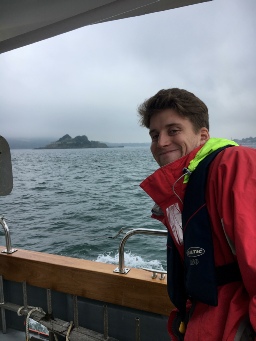
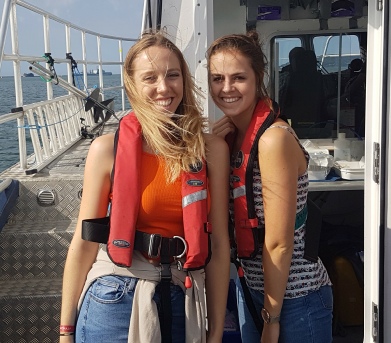
Henry Oliver-
Rianna Collins
Hannah Flintham
Oran Ramage
George Allen
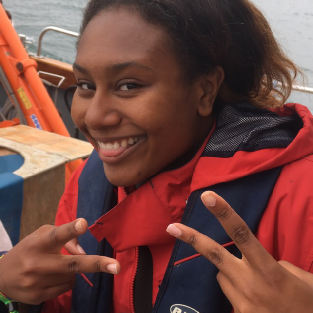
Kay Parker
Johnny Mitchell
Samantha Dickens
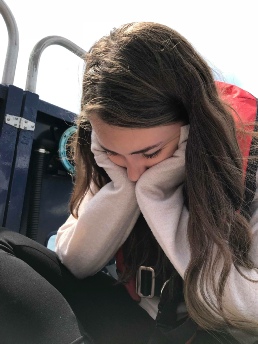
Christina Pyatt
The views and opinions expressed on this website are our own and are not affiliated with the University of Southampton. All pictures taken are property of group 4 unless otherwise referenced.
Click on the circles to be taken to the respective areas of interest